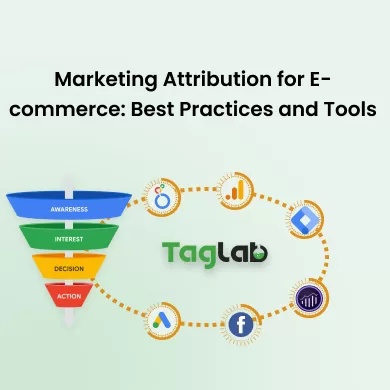Your cart is currently empty!
Social Commerce
Posted by:
|
On:
|
Social Commerce refers to the use of social media platforms to facilitate and drive online shopping experiences. It combines e-commerce with social media, enabling users to discover, share, and purchase products directly within social media platforms. Social Commerce leverages social interactions, user-generated content, and social proof to influence purchasing decisions and enhance the shopping journey.
Detailed Explanation
Social Commerce integrates social media with e-commerce to create a seamless shopping experience. It involves various strategies and features that enable users to engage with brands and make purchases directly through social platforms. Key aspects of Social Commerce include:
- Social Shopping Features: Tools and features on social media platforms that facilitate shopping, such as shoppable posts, product tags, and in-platform checkout options.
- User-Generated Content: Content created by users, such as reviews, ratings, and social media posts, that influences purchasing decisions and builds trust.
- Social Proof: Leveraging user reviews, testimonials, and influencer endorsements to validate product quality and boost consumer confidence.
- Integration with E-Commerce: Connecting social media platforms with e-commerce systems to enable smooth transactions and manage inventory, orders, and customer data.
- Influencer Collaborations: Partnering with influencers to promote products and drive sales through their social media channels.
By combining social media engagement with shopping capabilities, Social Commerce enhances the customer experience and provides brands with new opportunities to reach and convert consumers.
Key Points
- What it is: Social Commerce is the use of social media platforms to facilitate and drive online shopping experiences, integrating e-commerce features with social interactions.
- Why it matters: It allows brands to reach consumers where they are active, leverage social proof, and enhance the shopping experience by making it easier for users to discover and purchase products.
- How to use it: Utilize social shopping features, encourage user-generated content, integrate with e-commerce systems, and collaborate with influencers to drive social commerce efforts.
Examples
- Shoppable Instagram Posts: Brands tag products in Instagram posts, allowing users to click on product tags and purchase items directly within the app.
- Facebook Shops: A feature that enables businesses to create an online store on Facebook, where users can browse products, view details, and complete purchases without leaving the platform.
Related Terms
- Social Media Marketing
- E-Commerce
- Influencer Marketing
- Social Proof
Frequently Asked Questions
What is Social Commerce?
Social Commerce is the integration of e-commerce features with social media platforms, allowing users to discover, share, and purchase products directly through social media channels.
Why is Social Commerce important?
Social Commerce is important because it leverages the popularity of social media to drive sales, enhances the shopping experience by integrating social interactions with purchasing, and provides brands with new ways to reach and engage with consumers.
How can brands implement Social Commerce?
Brands can implement Social Commerce by utilizing social shopping features such as shoppable posts and product tags, encouraging user-generated content, integrating with e-commerce systems, and partnering with influencers to promote products.
What are some examples of Social Commerce?
Examples of Social Commerce include shoppable Instagram posts where users can purchase products directly through tagged items, and Facebook Shops where businesses can create an online store within Facebook for users to browse and buy products.
What benefits does Social Commerce provide for brands?
Social Commerce provides benefits such as increased visibility and reach, enhanced customer engagement, seamless shopping experiences, and the ability to leverage social proof and user-generated content to drive conversions.



